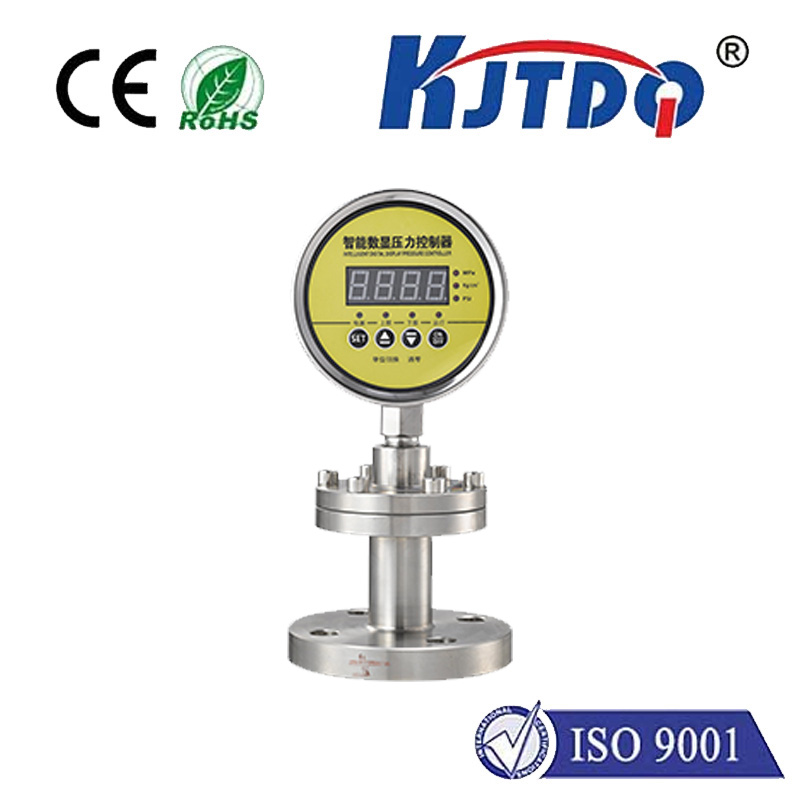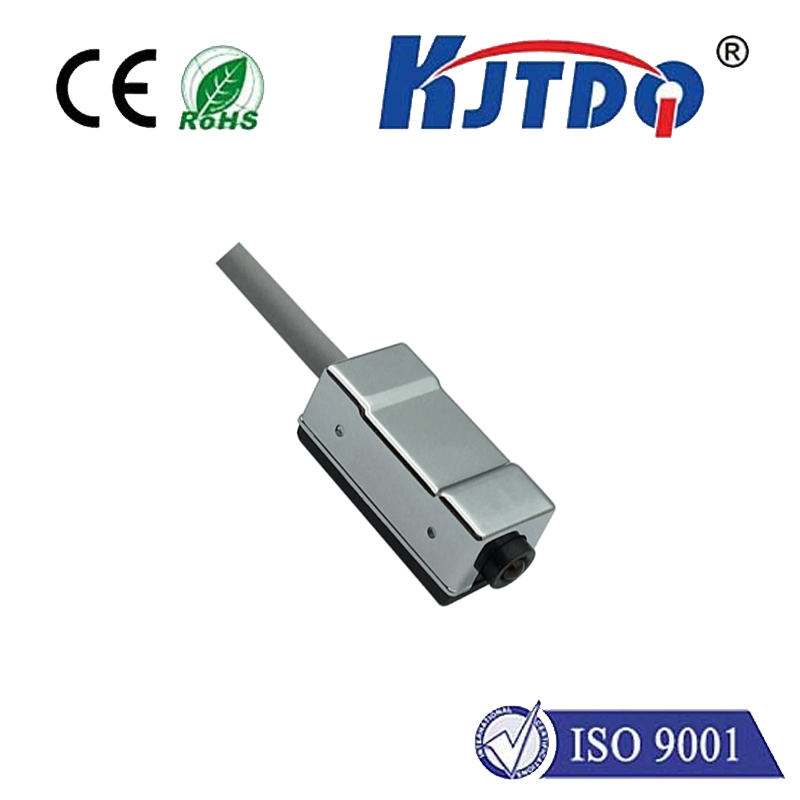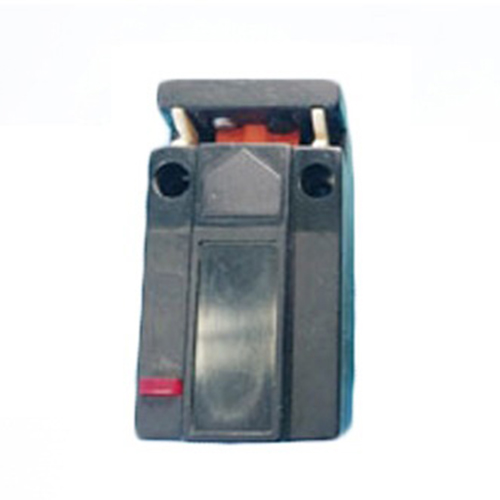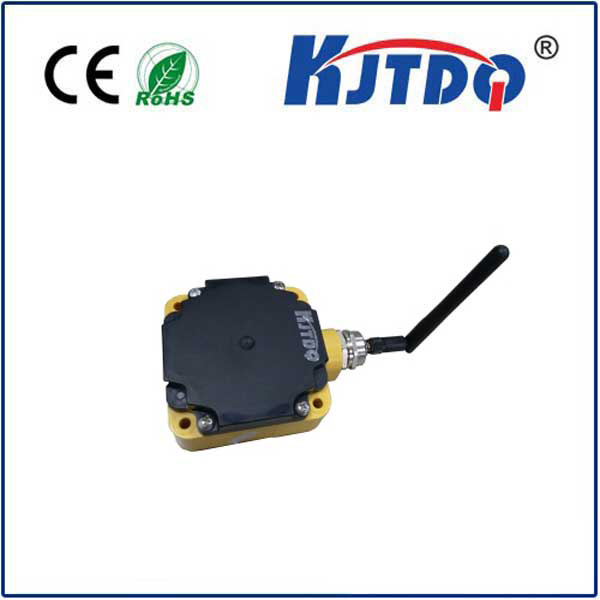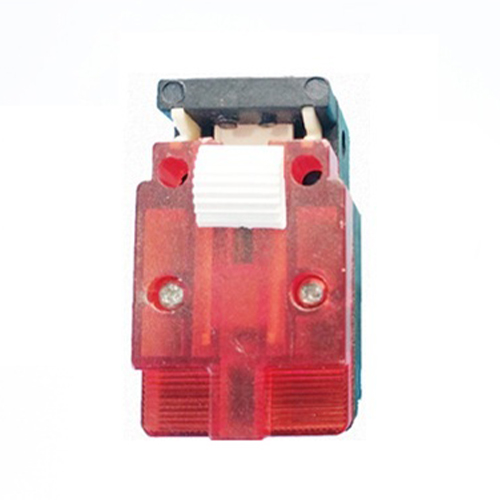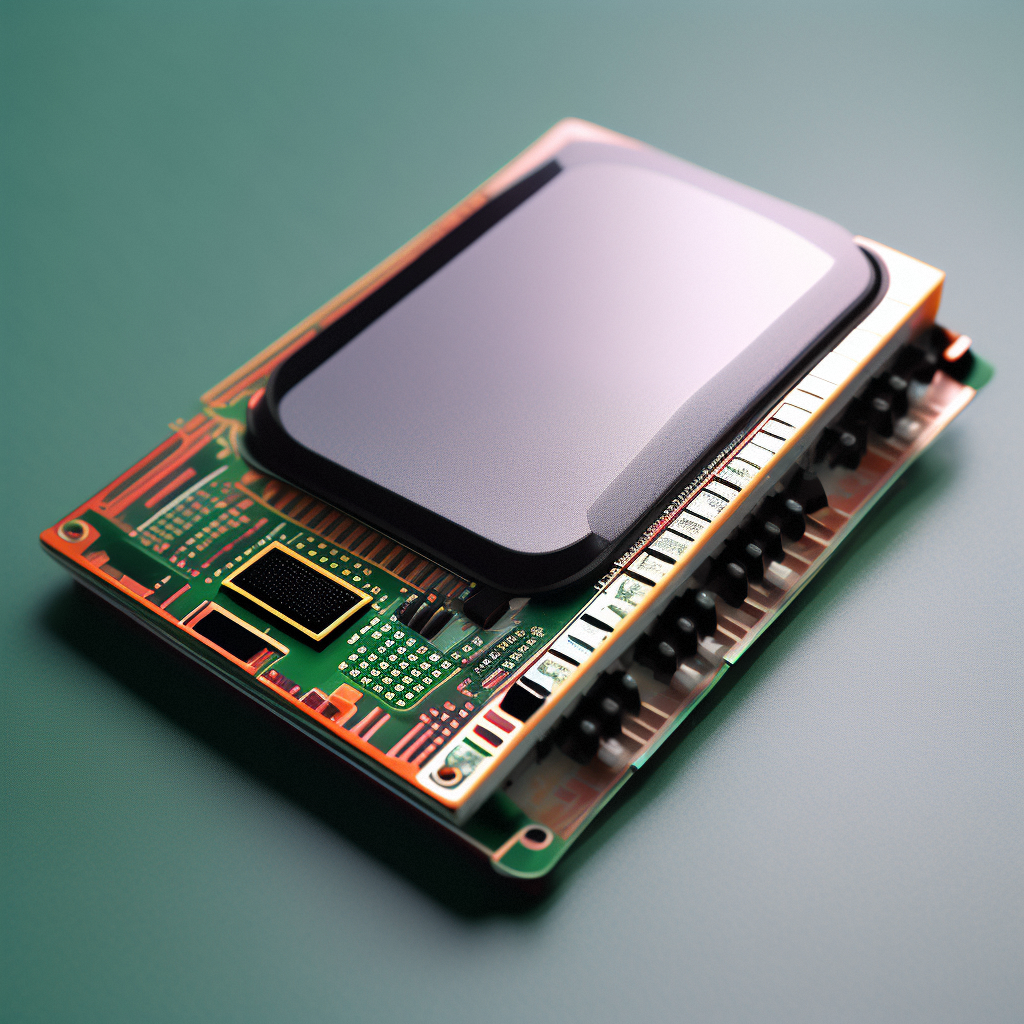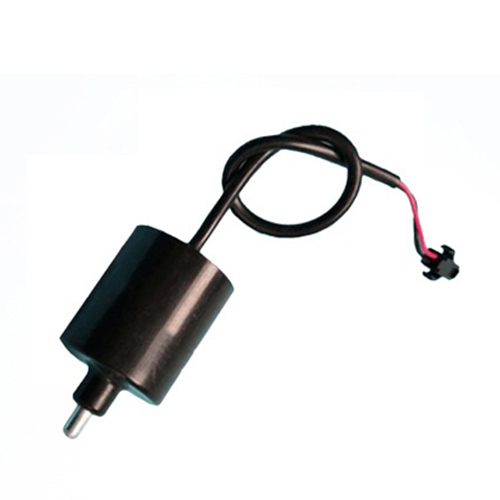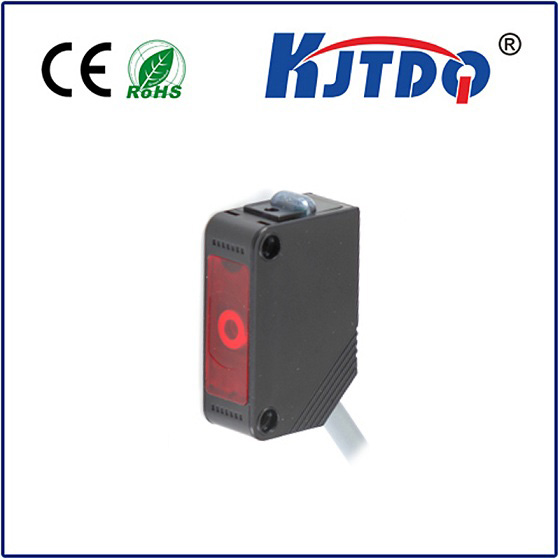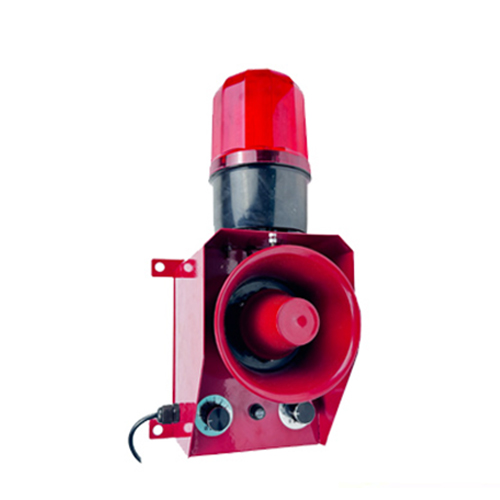ограничитель оси z
- time:2025-08-07 02:51:39
- Нажмите:0
The Z-Axis Limit Switch: Your CNC Machine’s Unsung Guardian of Precision and Safety
Imagine your CNC machine’s spindle plunging relentlessly towards the worktable, or your 3D printer’s nozzle grinding into its own build platform. These aren’t scenes from a machining horror story; they are real risks when a critical component fails – the Z-axis limit switch. Often overlooked but fundamentally vital, this small sensor acts as the ultimate safeguard, ensuring precise movement and preventing catastrophic damage in the vertical plane. Understanding its role is key to maintaining the health, accuracy, and longevity of your automated equipment.
What Exactly is a Z-Axis Limit Switch?
In simple terms, a Z-axis limit switch is an electromechanical sensor strategically positioned at one or both ends of a machine’s vertical (Z-axis) travel path. Its core function is to detect when the moving part (like a spindle, router head, or extruder carriage) reaches its predefined upper or lower limit of motion. Upon contact or proximity detection (depending on the switch type), it sends an immediate electrical signal to the machine’s controller.
Think of it as the machine’s sense of touch for height. Just as you instinctively stop your hand before hitting a wall, the limit switch tells the controller, “Stop! We’ve reached the boundary.” This signal halts the Z-axis movement instantly, acting as a critical safety interlock to prevent mechanical components from colliding with the machine frame, workholding fixtures, or the build surface itself.
Why is the Z-Axis Limit Switch So Crucial?

Its importance cannot be overstated, impacting several core aspects of machine operation:
- Collision Prevention (The Primary Guardian): This is the switch’s most critical job. Without it, a software glitch, incorrect G-code command, or operator error could command the Z-axis to move beyond its physical capabilities. The result? Severe damage to the spindle, cutting tool, workpiece, machine table, linear guides, ball screws, or the extruder assembly in additive manufacturing. Replacing these components is costly and causes significant downtime. The Z-axis limit switch is the last line of defense against this expensive carnage.
- Accurate Homing and Zero Point Reference: Most CNC machines and 3D printers perform a “homing” or “referencing” sequence at startup. The Z-axis limit switch (often the one at the top) provides a precise, repeatable physical reference point for this process. The machine moves the Z-axis upwards until it triggers the switch. Knowing exactly where this physical limit is allows the controller to accurately calculate the position of the tool or nozzle relative to the workpiece or build plate everywhere else. Consistent homing is fundamental to dimensional accuracy.
- Ensuring Consistent Layer Height (3D Printing): In 3D printing, a consistent first layer is paramount for adhesion and print success. Many printers use the Z-axis limit switch (typically the lower one) to determine the exact position of the nozzle relative to the build plate. During the bed leveling or homing process, triggering this switch tells the printer controller where “Z zero” physically is for that specific build plate location. This information calibrates the entire print’s layer heights. An inaccurate or failing switch leads directly to first-layer adhesion problems, nozzle scraping, and failed prints.
- Defining the Working Envelope: The switches effectively map out the vertical boundaries of the machine’s usable workspace. The controller uses the positions where the upper and lower limits are triggered to understand the total travel available and enforce safe movement within those confines during operation.
Consequences of a Failing or Misaligned Switch
Ignoring this small component can lead to big problems:
- Machine Crashes: The most obvious and damaging outcome. Impact forces can bend lead screws, damage linear bearings, break tools or nozzles, and ruin workpieces.
- Inconsistent Homing: If the switch is sticking, loose, or misaligned, the machine might home to a slightly different position each time. This leads to unpredictable tool positioning and poor part accuracy.
- Failed Prints (3D Printing): A sticky, dirty, or misadjusted Z-limit switch on a 3D printer causes inconsistent nozzle height detection. This manifests as elephants foot (nozzle too close), poor bed adhesion (nozzle too far), or outright scraping of the nozzle across the build surface, ruining prints.
- Error Messages and Downtime: Machines are programmed to detect faults. A missing trigger signal during homing, or a signal that persists when it shouldn’t, will often cause the machine to halt and throw an error (e.g., “Z-axis limit triggered,” “Homing failed”). Troubleshooting and fixing this consumes valuable production time.
Types of Z-Axis Limit Switches
While the function remains constant, different switch technologies exist:
- Mechanical Switches: The most common and economical type. A physical lever or plunger is physically depressed by the moving machine part (or a flag attached to it), changing the electrical state. Reliable but susceptible to physical wear over time and can be sensitive to debris.
- Proximity (Inductive or Capacitive) Switches: These detect the presence of a metal target (like a flag on the Z-axis carriage) without physical contact. They use electromagnetic fields or capacitance changes. More durable in dirty environments and offer longer lifespans due to no moving parts, but typically cost more.
- Optical Switches: Use an infrared light beam. An object (flag) moving into the beam path interrupts it, triggering the signal. Very fast and reliable, but sensitive to dust, debris, or strong ambient light interfering with the beam.
Installation and Maintenance: Keeping Your Guardian Vigilant
Proper setup and care are essential:
- Precise Positioning: The switch must be securely mounted so that it triggers exactly when the machine reaches the intended end position. Even small misalignments can reduce the effective travel range or, worse, prevent the switch from triggering before a collision occurs.
- Switch Actuation: Ensure the moving part or its designated flag reliably and squarely contacts (mechanical) or passes within the detection zone (proximity/optical) of the switch. Loose components can cause intermittent triggering.
- Cleanliness: Keep the switch and its triggering mechanism free of chips, coolant, dust, or grease that could impede movement or block optical beams. Regular cleaning is vital, especially in harsh machining environments.
- Secure Wiring: Loose connections are a frequent source of intermittent faults. Ensure all wiring to the switch and back to the controller is secure and protected from abrasion or accidental disconnection.
- Testing: Periodically verify functionality during homing sequences or by carefully jogging the machine to the limit under controlled conditions to confirm the trigger occurs as expected and halts movement immediately.
Conclusion (Though Not Formally Stated)
The Z-axis limit switch might be small and seemingly simple, but its role as the guardian of vertical travel is indispensable. It silently ensures safe operation, enables critical precision, defines operational boundaries, and protects significant investments in machinery and tooling. Paying attention to its installation, alignment, and maintenance isn’t optional; it’s fundamental to smooth, reliable, and damage-free CNC machining or 3D printing. Don’t underestimate this unsung hero – your machine’s accuracy and your wallet depend on it.







